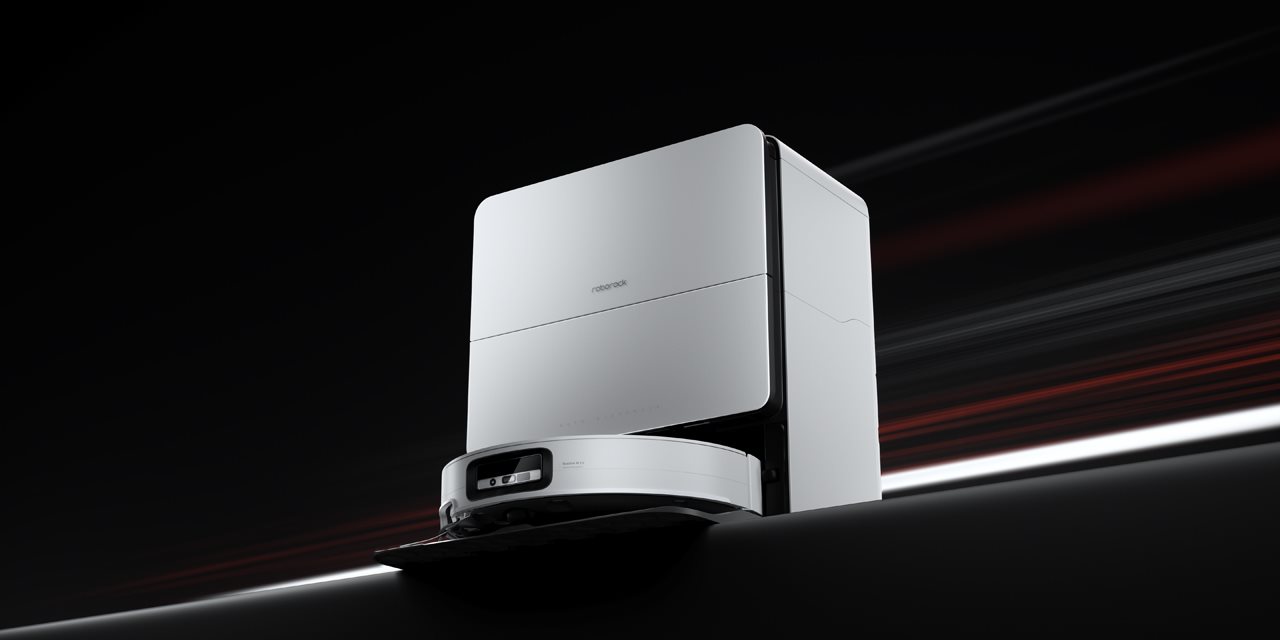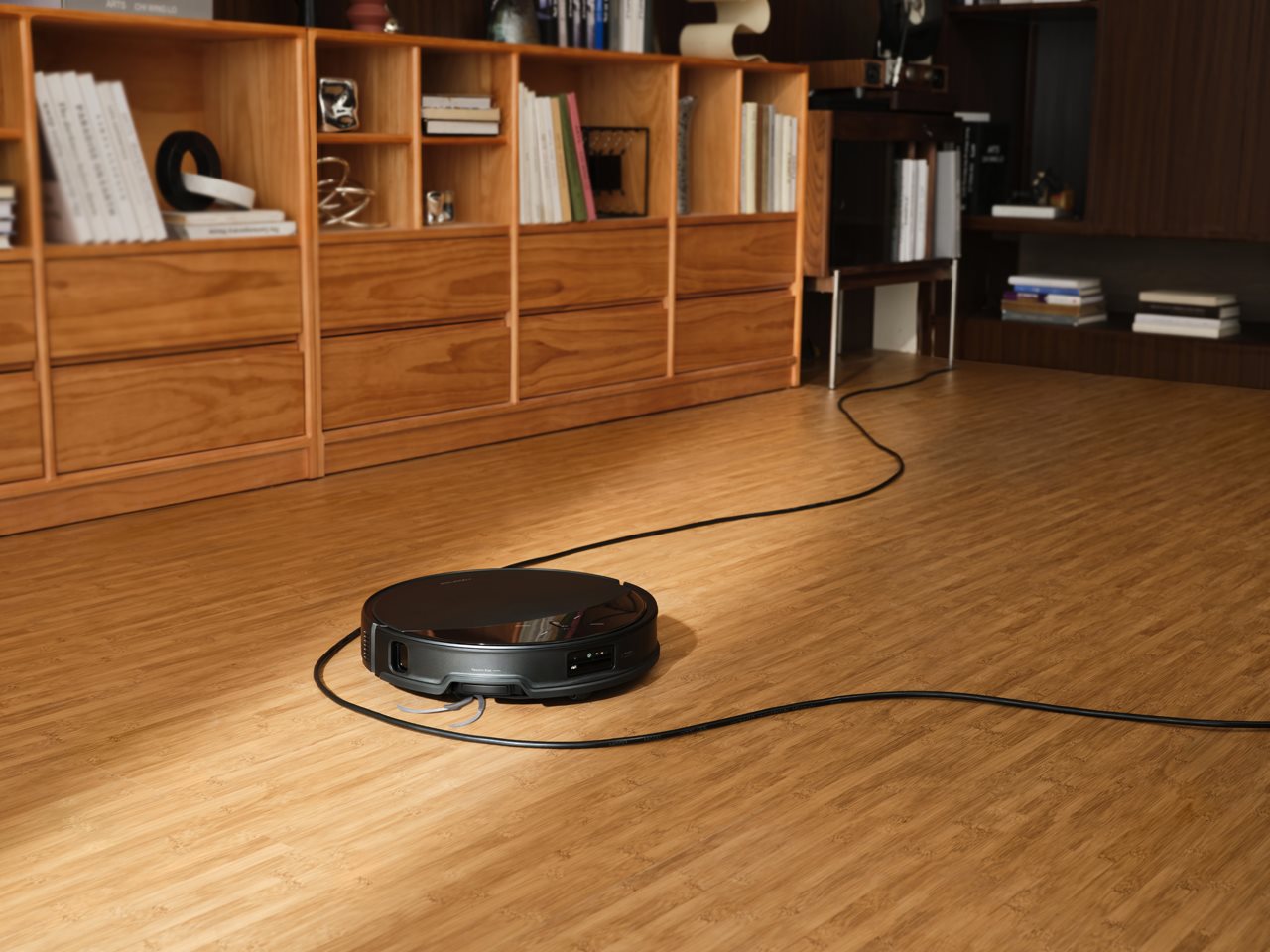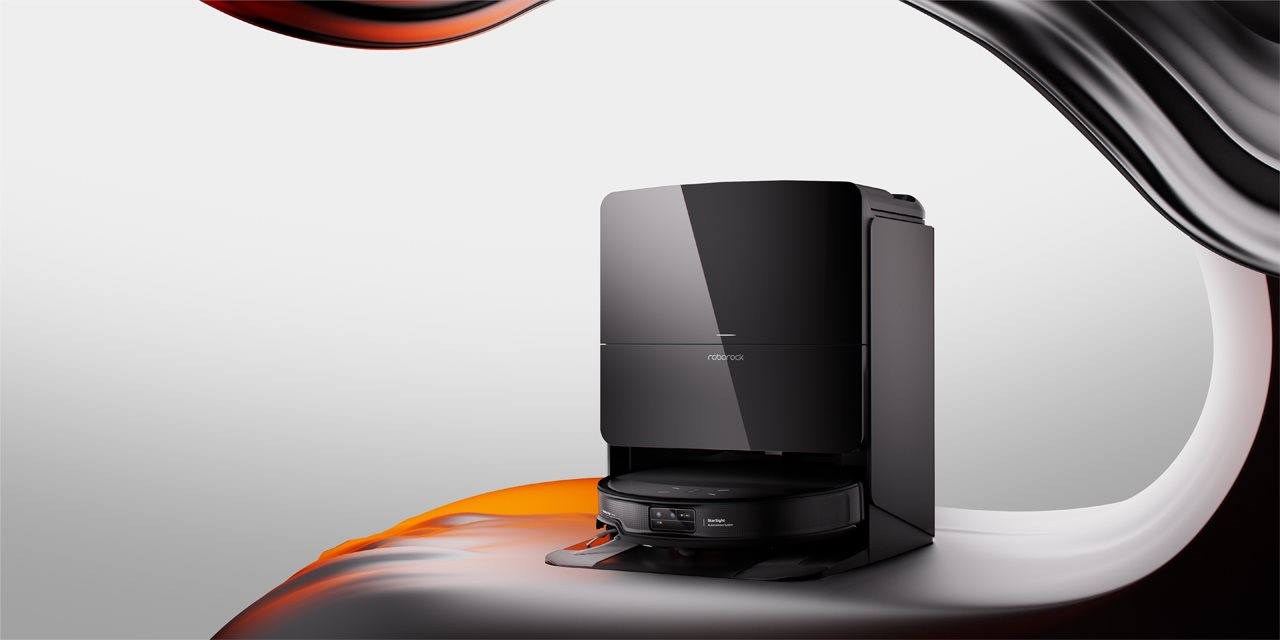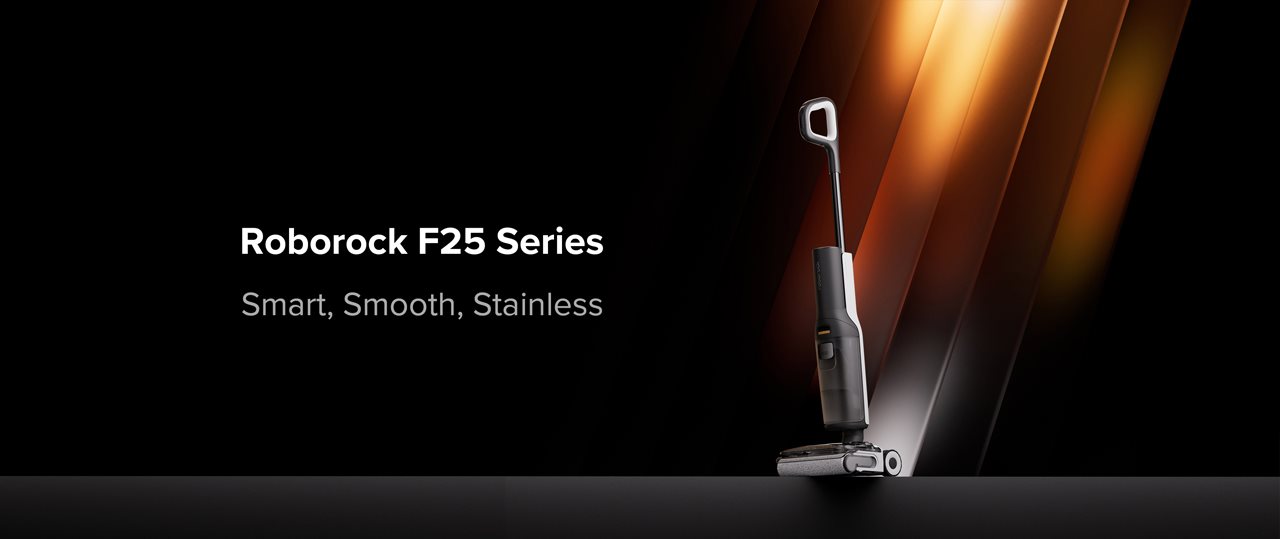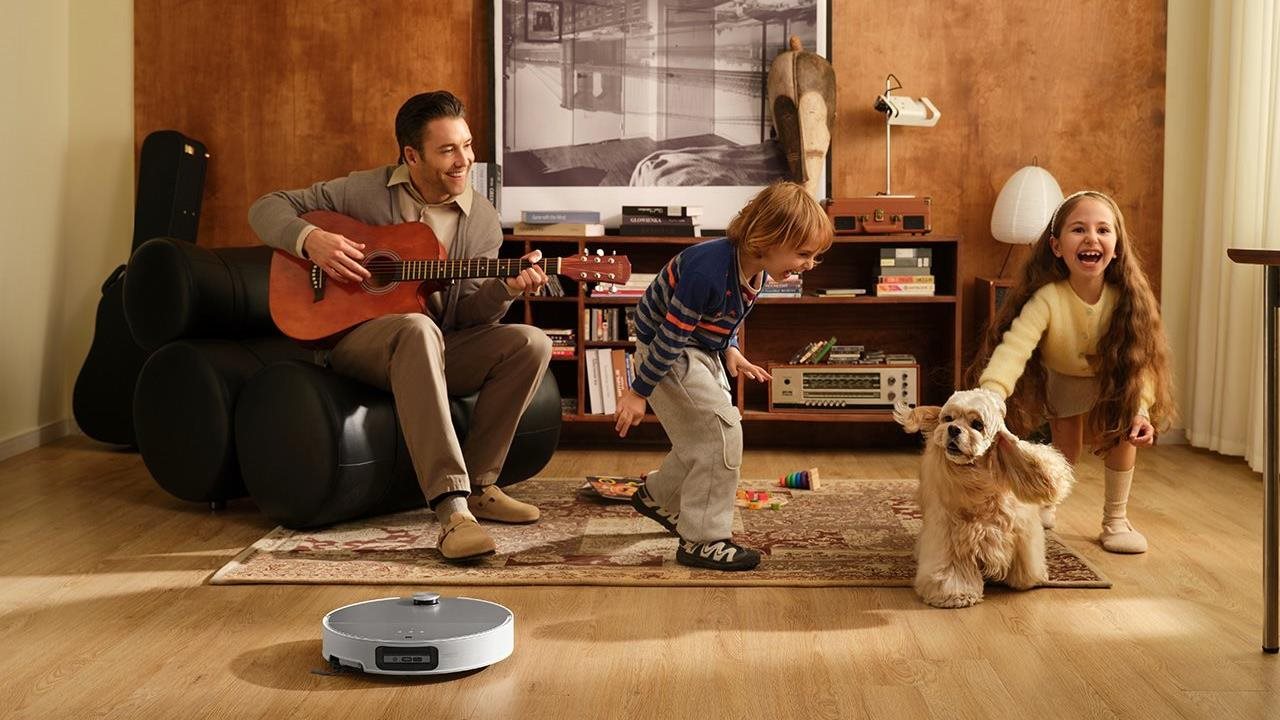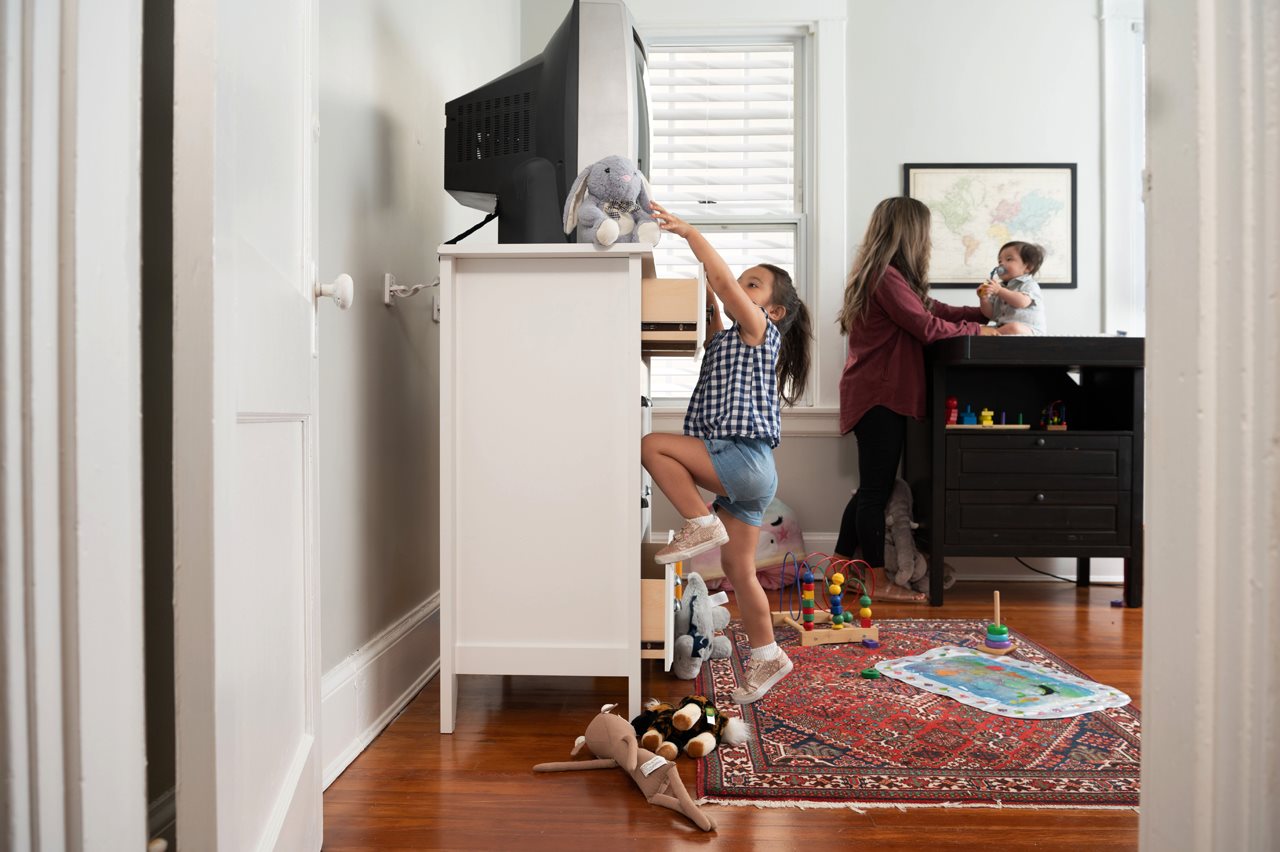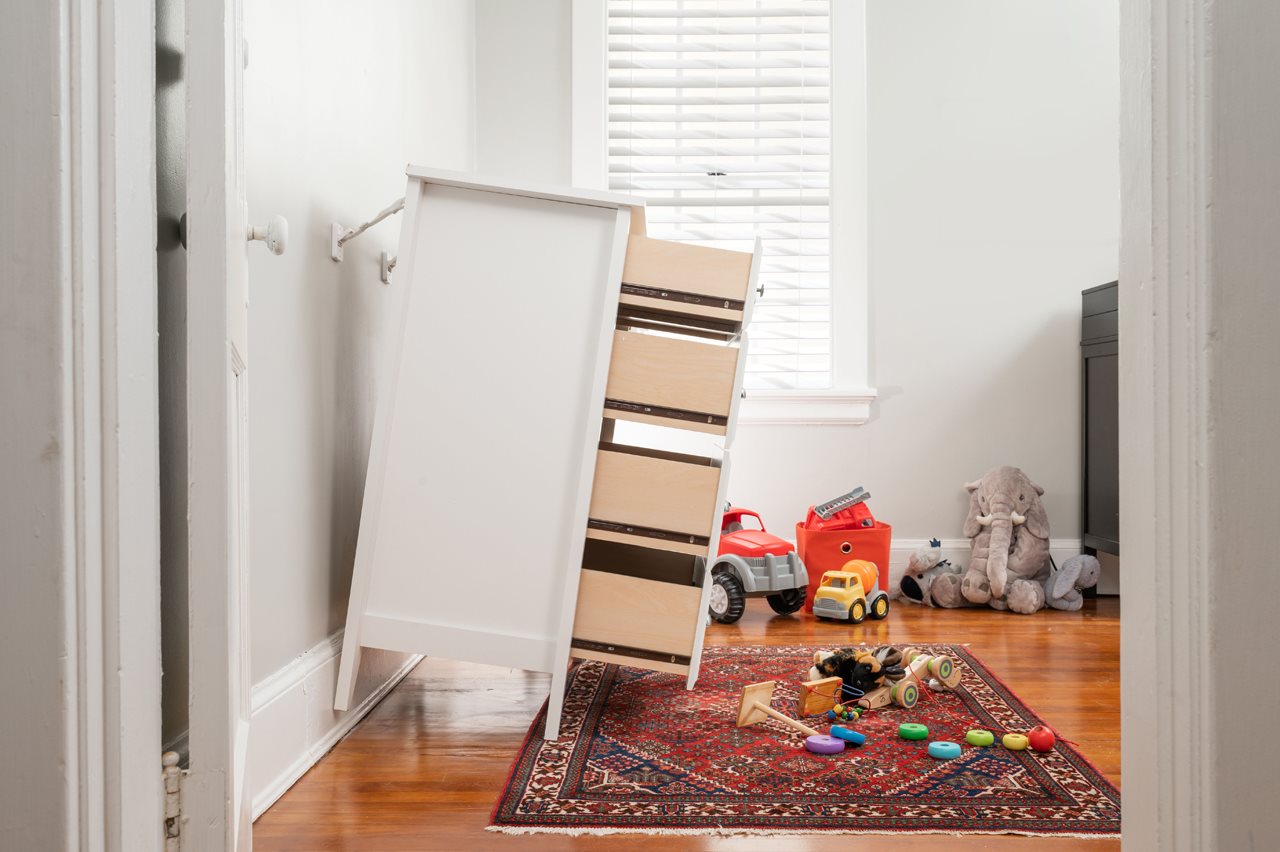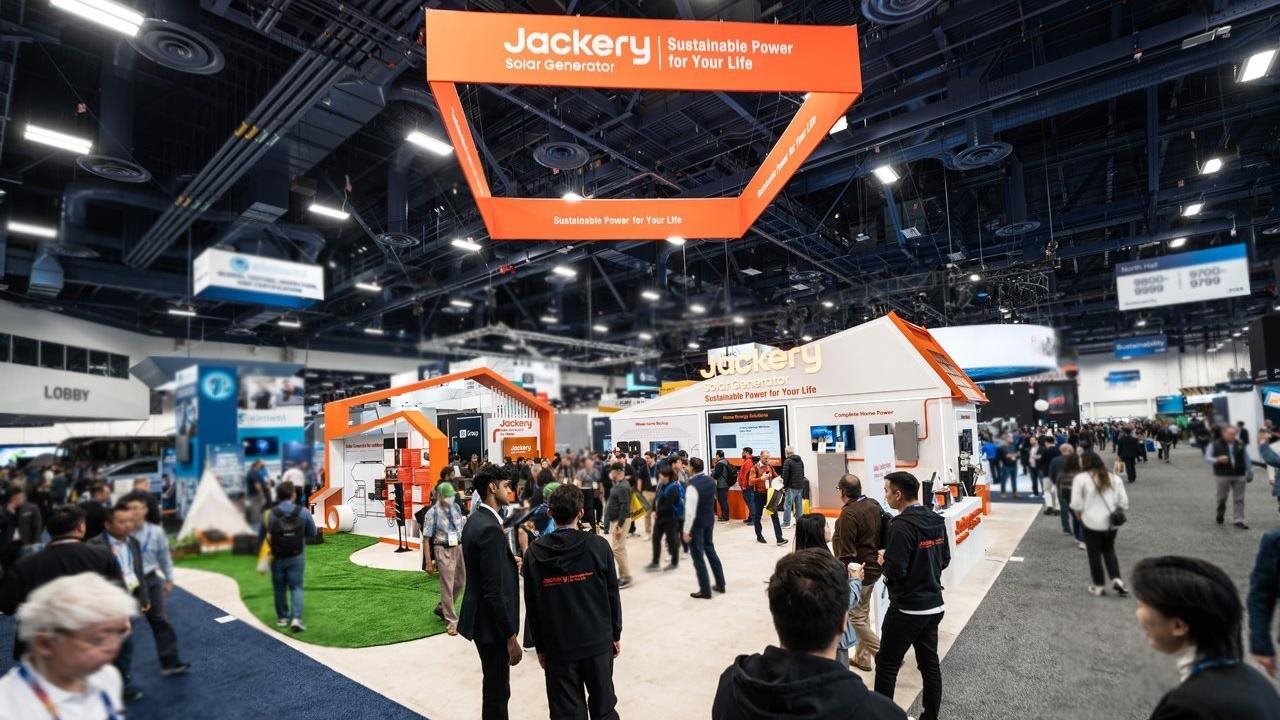2025-02-18T07:01:00
(BPT) – Do you find yourself putting on an extra sweater or pair of wool socks to avoid turning up the thermostat and increasing your utility bill? According to the U.S. Department of Energy, up to 10% per year in heating and cooling costs can be saved with thermostat regulation. But you shouldn’t have to sacrifice your comfort to stay on budget. As temperatures creep down this winter, homeowners should consider switching to a cold climate heat pump — a more sustainable alternative that can heat and cool the home by utilizing electricity instead of gas, potentially keeping more money in your pocket year-round.1
Cold climate heat pumps explained: The key to winter comfort
A heat pump is a type of central HVAC system that works like an all-in-one cooling and heating system. Heat pumps also operate on electricity, eliminating the need for natural gas or propane. A cold climate heat pump is specifically designed to operate in temperatures as low as -20°F while still efficiently heating the home.
While heat pumps use a similar refrigerant cycle as air conditioners, a heat pump is capable of reversing that cycle, allowing it to not only cool your home, but heat it as well. During the warm summer months, a heat pump does the job of an air conditioner by pulling heat from inside your home and transferring it outside. When the weather cools, the process is reversed, and heat is collected from the outside air and transferred indoors.
Hot takes: Cutting costs and carbon footprints with cold climate heat pumps
The U.S. Department of Energy created the Residential Cold Climate Heat Pump Technology Challenge to partner with HVAC manufacturers who value innovation and sustainability to provide heat pump options for homeowners that could perform well in harsh winter climates, while remaining energy efficient. Greater efficiency from these units leads to less energy use, which leads to greater cost savings for homeowners. Switching to a cold climate heat pump can save you money, reduce your environmental footprint and provide comfort no matter what the temperature outside may be.
From high bills to big thrills: Save money with heat pumps
How does a cold climate heat pump help you save money as a homeowner? Here are a few ways:
- Lowers your energy bills: Heat pumps can save homeowners hundreds of dollars on energy costs. While space heaters or electric furnaces are able to warm the home using electric resistant heating, they’re far less efficient than a heat pump. Natural gas or propane can be expensive depending on utility prices. Because a cold climate heat pump moves heat from the outside to the inside of the home, they can reliably keep you comfortable while helping to lower your monthly energy bill.
- Rebates and tax credits: Due to the Inflation Reduction Act, the Energy Efficient Home Improvement Tax Credit (25C) can save homeowners up to $2,000 on a qualifying heat pump. The High-Efficiency Electric Home Rebate Program (HEEHRP) can also provide up to $14,000 in rebates per household. Stacking these incentives can make it more affordable to upgrade to a new, energy-efficient cold climate heat pump.
- Long-term savings: Upgrading to a newer unit can ensure that homeowners are reaping the benefits of a longer-lasting heat pump, which likely won’t need to be replaced for years to come.
Greater savings, greater peace of mind
If you’re thinking of upgrading your home heating system, choosing the new Lennox SL22KLV Cold Climate Heat Pump is a great way to save money and provide your home with greater efficiency and precision at temperatures as low as -20°F. This unit is the most precise heat pump available1, featuring Lennox’s most advanced cold climate technology.
To learn more about the SL22KLV Cold Climate Heat Pump and explore Lennox’s range of industry-leading products, visit Lennox.com.
1 Efficiency claim based on comparison of the combined heating and cooling efficiency within a single product family (HSPF2, EER2, and SEER2 of the SL22KLV) as compared to the HSPF2, EER2, and SEER2 of competitive R-454B and R-32 ducted heat pump as published in AHRI (December 2024). Actual system efficiency may vary based on the system match and other factors; consult AHRI Directory for exact system efficiency. Precision claim based on the average cooling capacity range of the SL22KLV as compared to the average cooling capacity range of the competitive variable capacity compressor units based on published competitive data (January 2025). Cooling capacity ranges calculated across 2, 3, 4 and 5 tonnage at maximum and minimum speed at ARI standard rating conditions: 95°F outdoor and 80°/67° indoor (80°F dry bulb and 67°F wet bulb).





